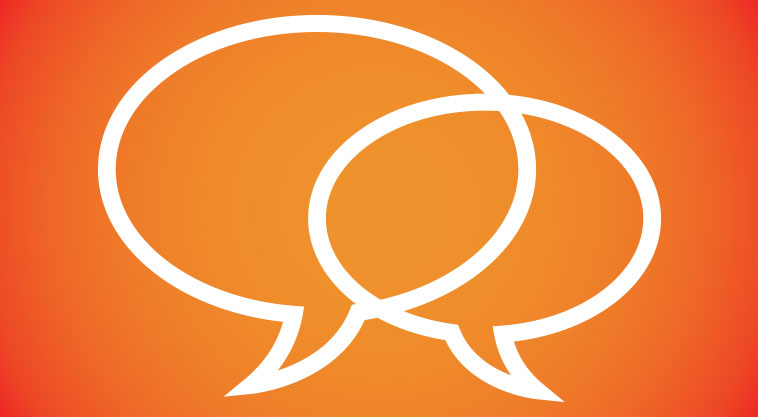The Analyst: Part II


“So much work just for a conversation,” Jack complains

Mother: When Jack was growing up I thought his help was a nuisance. I could do everything easier and quicker myself. But I’ve created a monster — he expects to have everything done for him.
Father: Maybe it’s not such a good idea to bring Jack in as assistant VP. I think working his way up the company will be good for him.
Jack: I didn’t realize relationships were so complicated!
At Jack’s next session, I define empathy: “Empathy means sharing others’ feelings.”
“They feel sad, I should make myself sad?”
“Not exactly. If someone you care about feels sad, you show empathy by taking action that shows you care. You have two goals: to tune into their feelings, and if they’re feeling down, to figure out what would make them feel better [ Before we can address traits like empathy, Jack needs to learn to pay attention to other people. Right now, he doesn’t know enough about others to empathize with them].
“How should I know what they’re feeling?”
“You need to HEAR the other person. Halt — stop your thoughts and give the other person your attention. Your brain can ‘stream’ a limited amount of information at a time. If you’re thinking about a deal, you can’t think about your date. You need to literally clear brain space to focus on the other person.
“The next step is to show Engagement.” I display six cards, each showing two men engaged in conversation. “One pair looks interested, one doesn’t. What clues you in?”
“He’s leaning forward,” Jack says. “And here they’re looking at each other.”
“Body language both reflects your focus and affects it. When you lean in or turn toward the other person, you’re showing that you’re paying attention, and you’re also helping yourself focus better.”
“So much work just for a conversation,” Jack complains.
“Building relationships is work. Imagine you’re wooing a client. You’d analyze every facial expression, every word, right? This is the same thing.”
The last two steps are Anticipate, being open and interested, and then Replay their comments and analyze them [The art of conversation is mostly made up of listening, not talking].
“The goal is to get to know the other person,” I remind Jack. “You wouldn’t hire a marketer without checking their credentials. You can’t marry someone without getting to know what they’re all about.”
I teach Jack to listen for “free points,” a concept developed by Sara Ward, MS CCC-SLP. “When people talk, they give you a lot of information for free. You can expand the conversation further on these points to learn more about the other person.”
We practice. “I took my sister to school this morning,” I tell Jack, playing the part of his date.
“Okay, the free points are school and sister,” he says. “How old is your sister? Which school does she go to? What grade is she in? How did you get there?”
I advise Jack to stick to just one or two questions for each free point, to avoid sounding like an interrogator. “Aside from who, what, when, where, and how, a great question is one that includes the phrase ‘Do you think…’ such as, ‘What do you think…’ or, ‘Why do you think...’ ” [Open-ended, thought-provoking questions help you get to know the other person on a deeper level].
I know Jack gets it because he summarizes, “You’re saying I need to get to know the girl I’m dating and create a real relationship. The process of getting to know someone makes them feel valued and respected.”
(Originally featured in Family First, Issue 678)
Oops! We could not locate your form.


